In a sport increasingly grappling with noise complaints, Quiet Play Paddles (QP Paddles) enters the arena with a bold proposition: high-performance paddles engineered for a significantly quieter experience. Founded by Devon Hammett, a seasoned expert with decades of experience in aerospace composites for giants like Nordam and Northrup Grumman (contributing to F16 & F35 programs), QP Paddles brings a unique materials science perspective to paddle design. With over 80 years of combined experience in building and designing laminates across demanding industries and multiple patents for sound innovation, their commitment is clear. We took their intriguing Whoop Ass SRT-14 model to the courts to see if this blend of advanced materials and sound reduction truly delivers. The key thing to remember here in this review is the main thing we are reviewing is not sound reduction, but rather raw performance.
First Impressions & Build Quality
Straight out of the packaging, the Whoop Ass SRT-14 feels like a premium product. Knowing it's crafted with aerospace-grade materials like T1100 carbon fiber (T700 and T300 are commonly used in paddles) and K49 Kevlar, and proudly Made in the USA, instills confidence. The construction feels solid, hinting at the precision derived from founder Devon Hammett's "Mad Scientist" reputation in material composition and the team's extensive laminate expertise. The paddle is an elongated shape, similar to the Joola Perseus, common for players seeking extra reach.
Technical Specifications
- Weight: 8.0 oz (+/- 0.2 oz)
- Swing Weight: 114.1
- Core: Polymer Honeycomb + Proprietary Sound Reducing Technology (SRT) Layer
- Core Thickness: 14 mm
- Face: T1100 Carbon Fiber / K49 Kevlar Hybrid Twill Weave
- Paddle Length: 16.5"
- Paddle Width: 7.375"
- Handle Length: 5.5"
- USA Pickleball Approved: Yes
Technology Deep Dive
QP Paddles isn't just slapping a new paint job on standard tech. The Whoop Ass SRT-14 incorporates several key innovations:
1. T1100/Kevlar Hybrid Face
Moving beyond the common T700 carbon fiber, QP utilizes a sophisticated twill weave blending high-modulus T1100 carbon (known for stiffness and responsiveness – 1,017,000 PSI tensile strength) with K49 Kevlar. The design intent is clear: leverage Kevlar for its toughness and touch while relying on the T1100 for stiffness that translates into power.
2. Polymer Honeycomb + SRT Core (14mm)
Unlike QP's Tupelo core paddles, the Whoop Ass uses a Polypropylene (PP) honeycomb core. While PP cores generally have lower stiffness (11,500 PSI modulus vs. Tupelo's ~290,000 PSI), their compressibility enhances ball dwell time, contributing positively to touch, feel, and potentially spin. Crucially, QP integrates a proprietary Sound Reducing Technology (SRT) layer beneath the face, aiming to dampen the characteristic high-pitched "ping" of traditional paddles.
3. Aerospace Bonding
Leveraging Hammett's background, QP emphasizes advanced bonding techniques to ensure the layers maintain integrity and performance over time, addressing potential delamination or stiffness loss seen in some competitors.
On-Court Performance
This is where the engineering meets reality. We evaluated the Whoop Ass SRT-14 based on its core attributes:
Power
The paddle lives up to its name. The combination of the T1100/Kevlar face, 14mm core, and swing weight (114.1) generates significant power.
The key to a good all-around paddle is having a dwell time that isn't too short, but also isn't too long. The Whoop Ass achieves this which places it somewhere in between the short dwell time of a Gearbox Pro Series paddle and the long dwell time of the CRBN Trufoam.
In terms of raw power, the Whoop Ass is a gen 1.5 paddle meaning it generates power in a similar way to the Paddletek Bantam series, though it is not as powerful as the Paddleteks. However, the Whoop Ass has a much more plush and bouncy feel when compared to the Bantam Series' stiff and relatively unforgiving face. It actually feels more similar to a gen 2 thermoformed paddle in the way that it plays.
Control & Touch
Despite its power, the Whoop Ass maintains commendable feel. The Kevlar provides noticeable softness, especially at the net. Dinks and drops are manageable, benefiting from the core's compressibility and the T1100 face stiffness. Overall the paddle has a good balance to it, which makes it easier to hit soft shots and resets on short notice.
Spin
The raw carbon/Kevlar hybrid twill weave face feels textured and capable of generating significant spin. The spin is not exceptional when compared to other premium paddles on the market but it is on par with most Gen 1.5 and 2 paddles.
Sweet Spot & Forgiveness
In terms of the sweet spot, the Whoop Ass SRT-14 offers decent performance. Players will find the most responsive area is located slightly towards the upper half of the paddle face. While perhaps not the absolute largest sweet spot on the market, hitting consistently in this zone provides satisfying feel and reliable power output. When the ball makes contact with the center of the sweet spot you can really feel it pocket the ball which makes it quite easy to place the ball anyway you want on the court.
Maneuverability
With an 8.0 oz static weight and 114.1 swing weight, it's extremely well balanced for an elongated paddle. Considering the Joola Perseus Pro IV and the CRBN Trufoam 3 & 1 are in the 120 range, 114.1 is significantly less and makes for a faster paddle.
Sound Dampening
This is where the QP Paddles separates itself from the competition:
- Subjective Feel: A noticeable reduction in noise compared to standard paddles, characterized by a lower frequency "thump" instead of a high "ping."
-
Quantitative Analysis (Bob Unitech, Pickleball Sound Mitigation): This testing provides compelling data:
- Loudness: Sound levels measured approximately half as loud as control paddles.
- Frequency Shift: Control paddles often peak around 1200 Hz; the Whoop Ass significantly reduces sound energy in this range, shifting the dominant frequency down by a full octave (halving it) and exhibiting almost no tone around 1000 Hz. This quantitatively explains the perceived "thud" vs. "pop."
- Sound Duration: Crucially, the sound signature is short-lived. Quiet Play's sound effectively stops after just 3 milliseconds. This rapid decay (less time under the curve) is vital for reducing perceived noise and potential sound travel distance.
- Overall: While no paddle is silent, the Whoop Ass SRT-14 demonstrably reduces both the peak loudness and the annoying high frequencies of traditional paddles, replacing it with a quicker, lower-pitched sound. It's USAPA-approved for tournament play while offering significant acoustic benefits.
Who Is This Paddle For?
The Quiet Play Paddles Whoop Ass SRT-14 is ideal for:
- Players seeking a paddle with decent power but also with good touch/control.
- Players specifically seeking proven noise reduction for their community or personal preference.
- Players appreciating high-tech materials, advanced engineering, and Made in the USA patented technology.
It might be less suitable for:
- Players prioritizing maximum power
- Players needing a larger handle (5.7in+) for double-handed backhands
Verdict
The Quiet Play Paddles Whoop Ass SRT-14 stands out as a highly engineered paddle that successfully delivers on multiple fronts. It masterfully blends potent power with refined touch and control, utilizing premium aerospace materials. For a price of $255 before discounts (get 10% off with code MADNESS), the Whoop Ass is a solid choice for an all-around paddle that leans towards power.

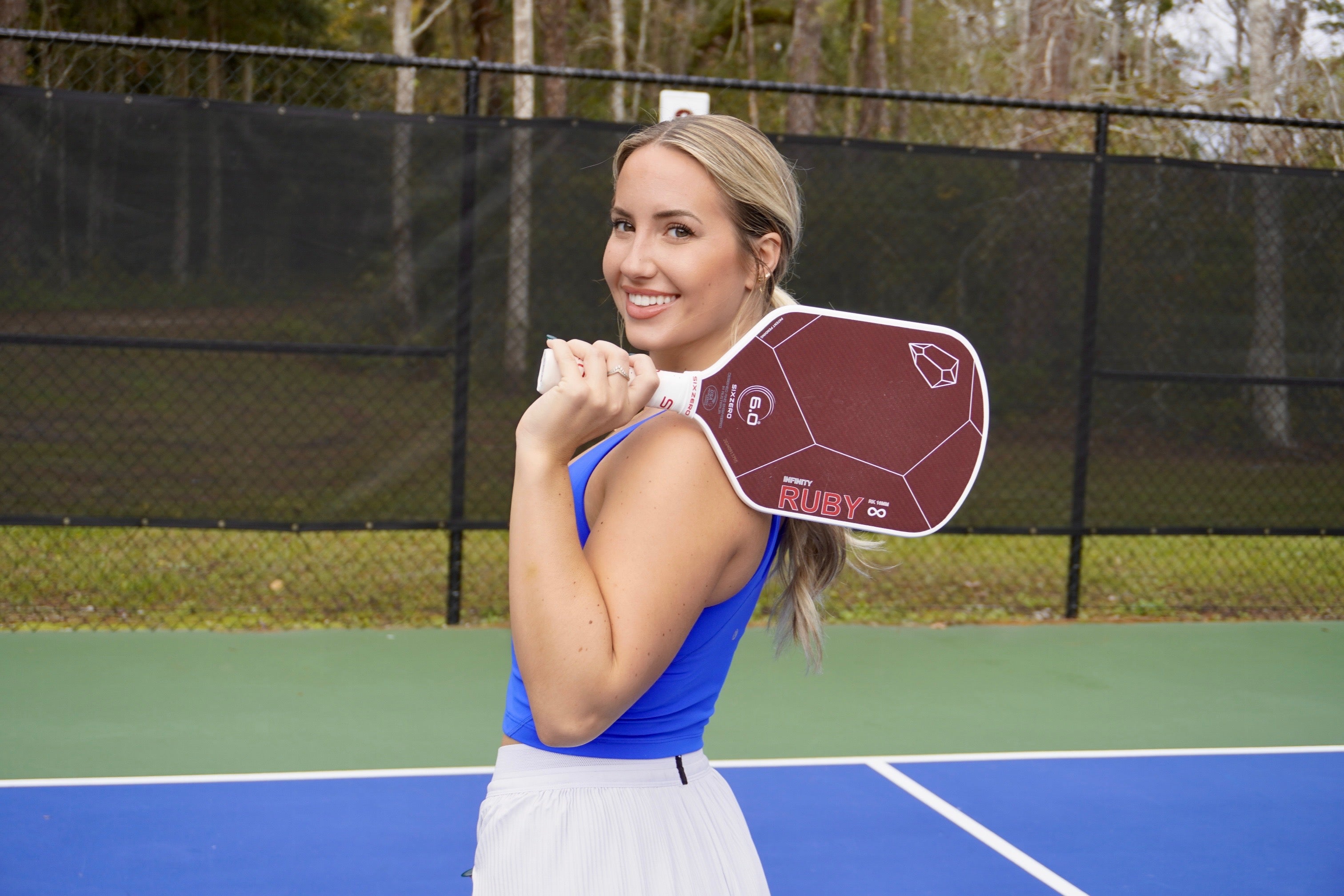
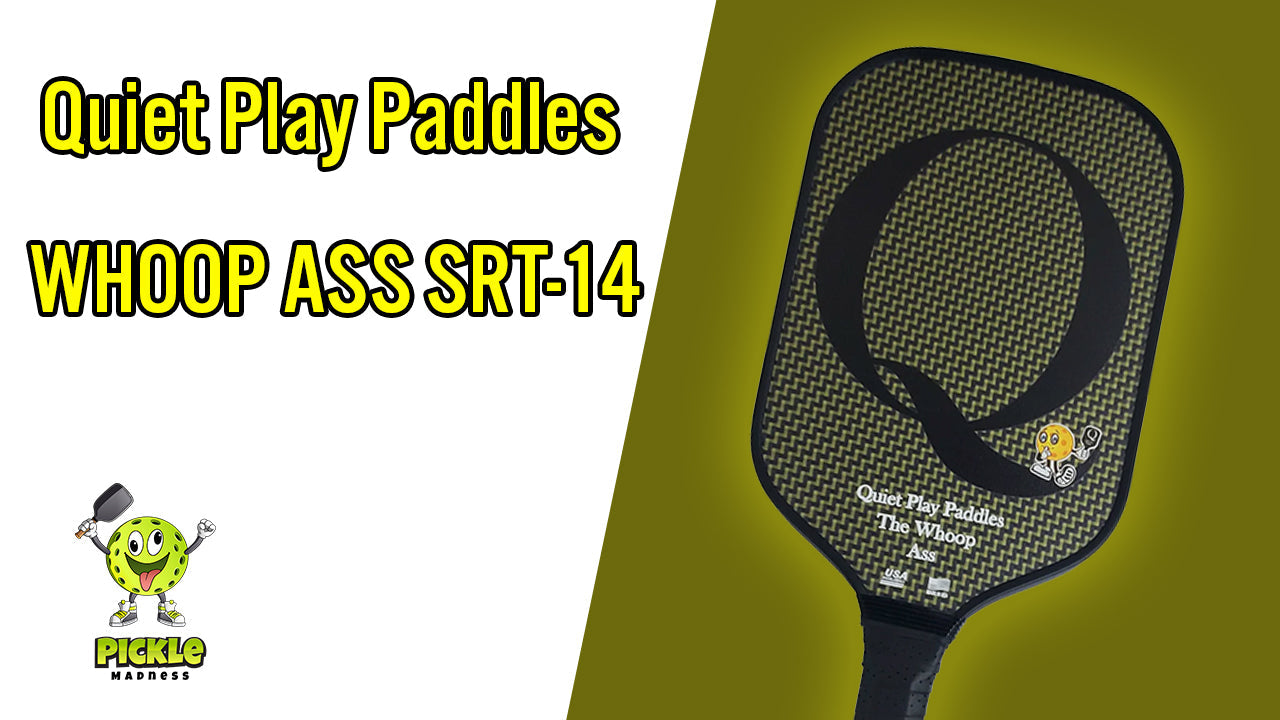
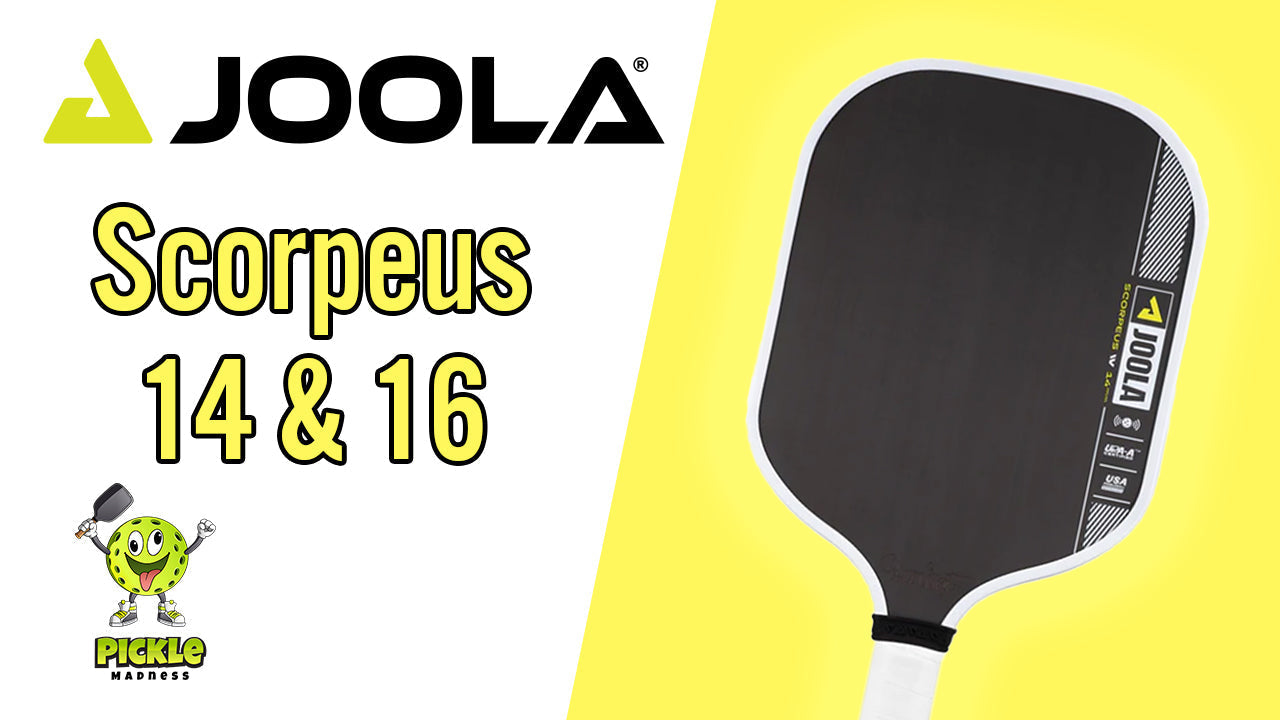
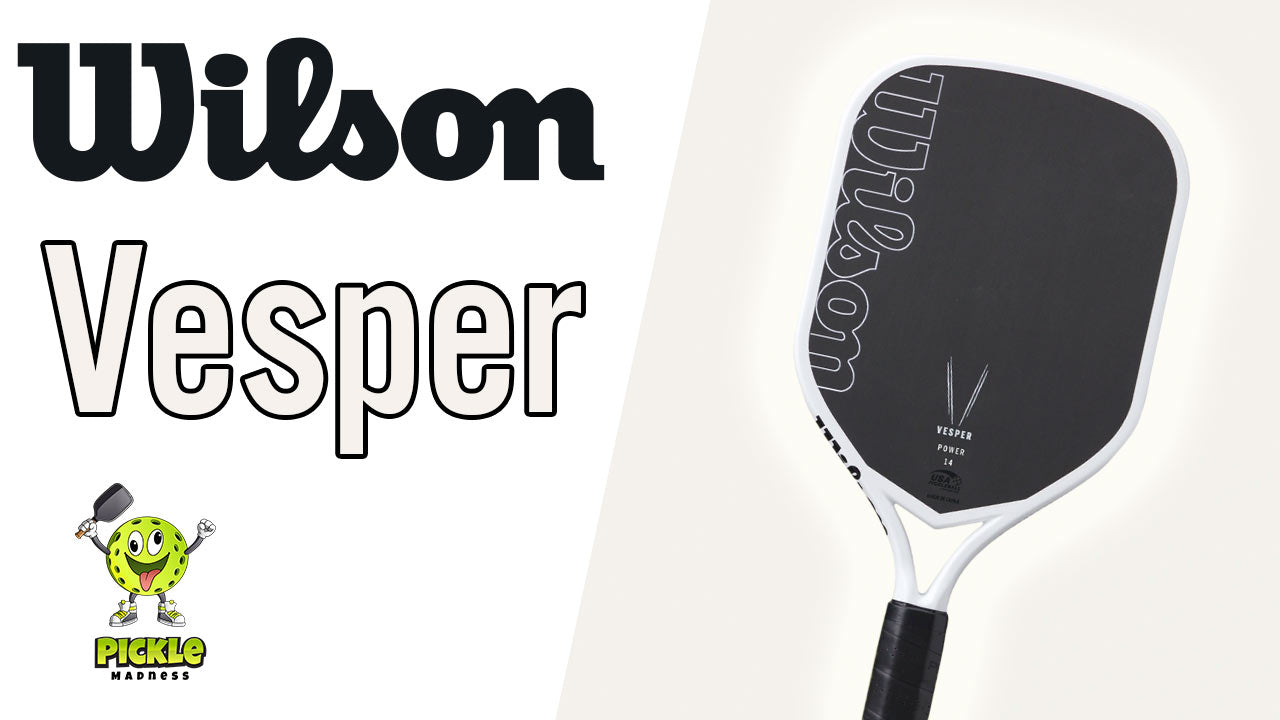

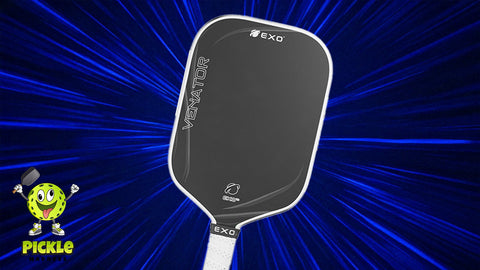
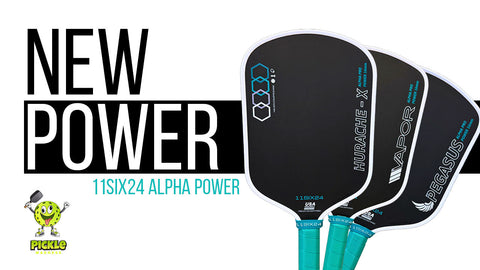
Leave a comment
This site is protected by hCaptcha and the hCaptcha Privacy Policy and Terms of Service apply.